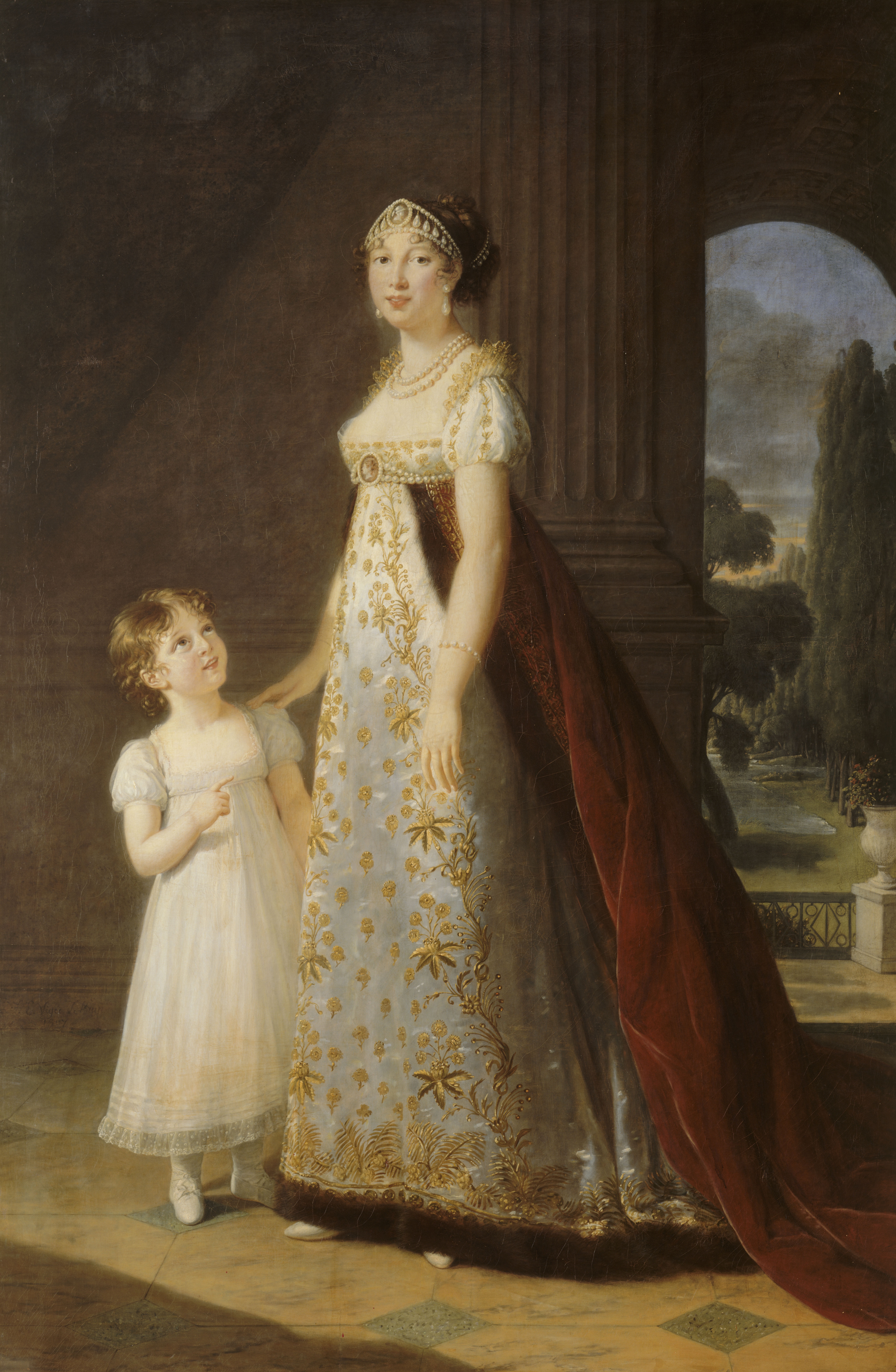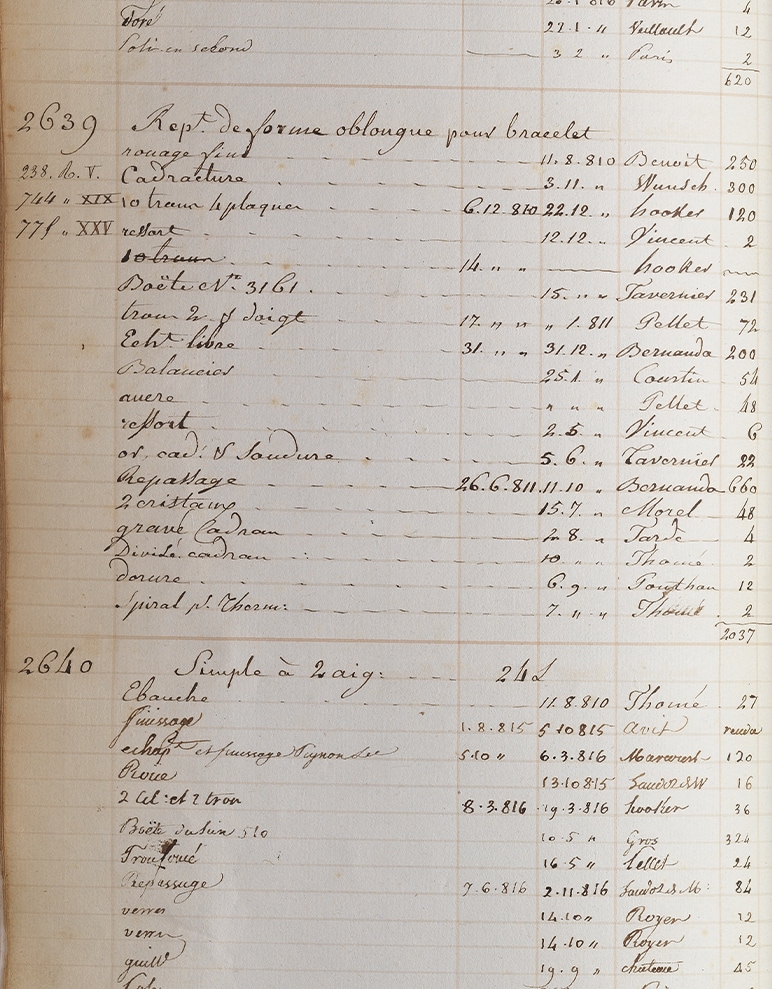Order for the first watch designed to be worn on the wrist
Caroline Murat, Queen of Naples, and A.-L. Breguet came up with a revolutionary creation: a watch designed to be worn on the wrist. The current Reine de Naples collection is inspired by this historical event.
In tribute to the first wristwatch created for the Queen of Naples in 1810, Breguet reinvents the ladies' watch in a classic case with a contemporary profile. The various models in the Reine de Naples collection radiate a refined blend of expertise, elegance and precious materials, lending their aesthetic backdrop to an array of horological complications, art and jewellery.
It is ironic, moreover, that one of Breguet's most brilliant innovations, and indisputably one of his most useful – the wristwatch, no less – should have been completely ignored by his contemporaries. And yet there is documentary evidence to prove beyond any doubt that, in response to a commission from the Queen of Naples June 8th 1810, Breguet conceived and made the first wristwatch ever known, the Breguet watch number 2639.
With the acquisition of thirty-four clocks and watches from 1808 up to 1814, the ambitious and very beautiful Queen of Naples easily took pride of place among Breguet's best clients.


Let's travel to Paris where the historic archives of Maison Breguet are preciously conserved at Place Vendôme. The register of commissions, as they were already known, lists the special orders placed by customers who had failed to find their heart's desire among the timepieces proposed. This fascinating book is filled with all manner of complications and fantasies which Abraham- Louis Breguet agreed to make for his patrons, among them many powerful and famous figures.
On page 29, we learn that the Queen of Naples placed an order on June 8th 1810 for two unusual timepieces: a grande complication carriage watch for the sum of 100 Louis, «in addition to a repeater watch for bracelet for which we shall charge 5,000 Francs.» This astonishing order reappears in the manufacturing register, which presents each watch's detailed identity and a complete summary of every stage in the making of the piece.
Archive descriptions give a fair idea of the watch and, despite missing information (size, exact configuration of the dial, shape of the bracelet, attachment and fastening), such a work of art, such a feat of achievement, leaves us in awe. Based on what we do know of this watch, we can only pay homage to Abraham-Louis Breguet who, in response to a request made by the Queen of Naples on June 8th 1810, imagined specifically for that purpose the world's first known wristwatch; a timepiece of unprecedented construction and extraordinary refinement, namely an exceptionally thin, oval repeater watch with complications, mounted on a wristlet of hair and gold thread.
There are no sketches in the archives to indicate its exterior. Fortunately for us, the watch appears in 1849 in a register of repairs carried out on Breguet watches; what we now call after-sales service.
An entry dated March 8th 1849 notes that Countess Rasponi, "residing in Paris at 63, Rue d'Anjou," had sent watch number 2639 for repair. The countess was none other than Louise Murat, born 1805, the fourth and last child of Joachim and Caroline Murat, who in 1825 married Count Giulio Rasponi.